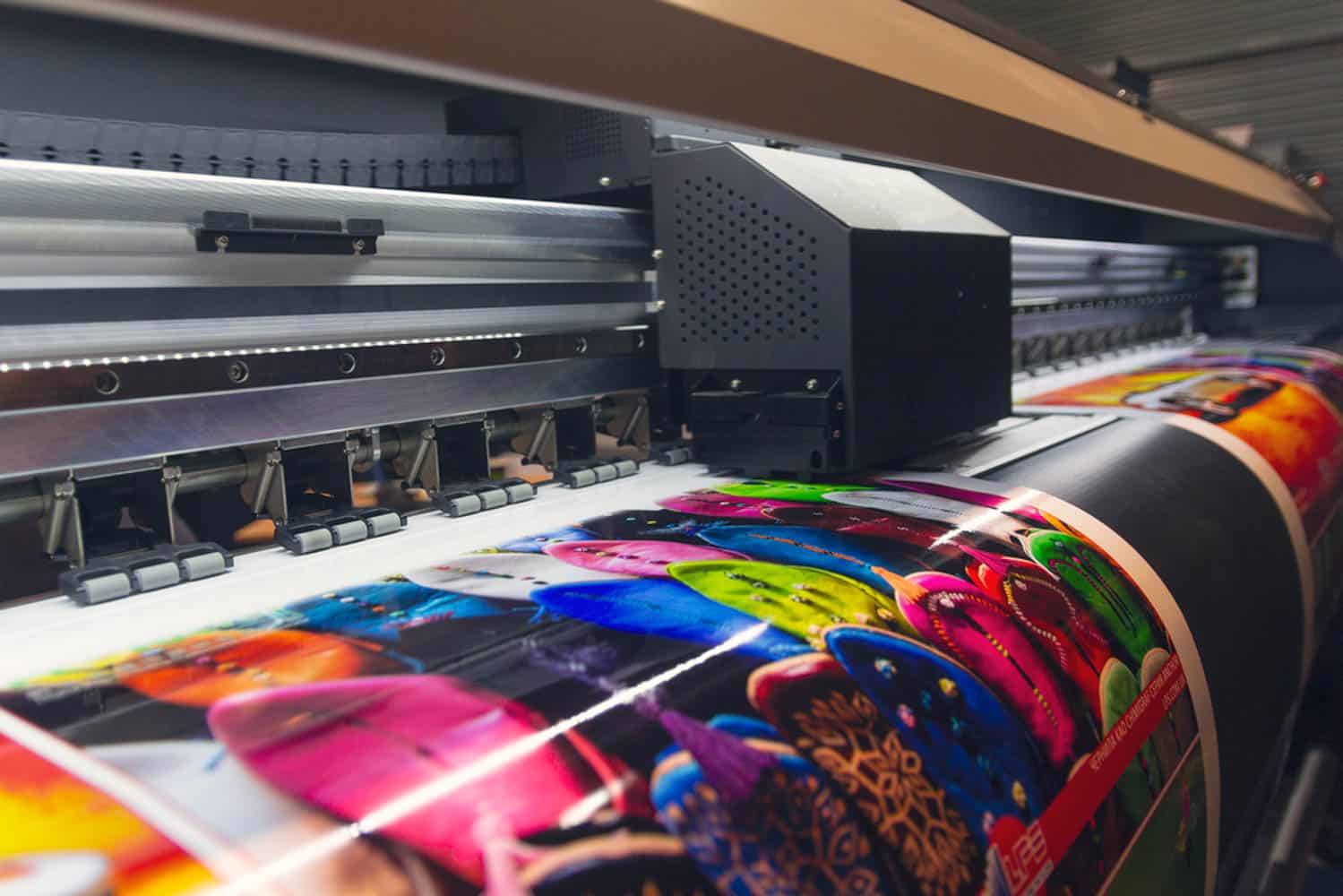Understanding Exactly How Digital Printing Changes the Printing Industry
The printing sector, long soaked in typical methods, is undergoing a radical transformation with the introduction of digital printing. With its potential to spur engagement through personalized content and to offer sustainable solutions, it's clear that electronic printing is even more than a technical development; it's an essential video game changer.
The Development of Digital Printing: A Short Summary
Because its inception, electronic printing has actually gone through substantial changes, constantly transforming the printing industry. Its advancement began with the advancement of xerography in the mid-20th century, a process which laid the groundwork for printer. With the introduction of the 90s, electronic printing modern technology began to develop, and the sector witnessed the introduction of straight imaging presses, which eliminated the need for printing plates. As the new millennium unfolded, advancements in innovation even more stimulated the development of digital printing, leading to the development of high-speed inkjet printers. These devices offered exceptional high quality and speed, for life changing the landscape of the sector. Today, electronic printing stands as a testament to human development, continuously advancing to meet the ever-changing demands of the modern globe.

Unpacking the Technology Behind Digital Printing
Looking into the ins and outs of digital printing modern technology, one encounters an abundant tapestry of advanced equipment and complicated formulas. At the heart of this process lies a digital picture, which is processed by software application that divides it right into a grid of dots. These dots are then transformed into an electronic code. This code is interpreted by the printer, which utilizes it to precisely transfer droplets of ink onto the substratum. The droplets are so tiny and accurate that they create an image that is essentially tantamount from the initial. This detailed system, bolstered by advanced software program and high-resolution imaging, has transformed the landscape of the printing industry, leading the way for unmatched degrees of detail and accuracy.

The Benefits of Digital Printing for Services
Comprehending the modern technology behind electronic printing gives a clear image of its accuracy and detail. Digital printing is environmentally friendly, making click site use of much less ink and creating less waste. The full potential of electronic printing is recognized when utilized for personalization and personalization, a subject that will certainly be covered in depth in the next area.
The Function of Digital Printing in Customization and Personalization
While conventional printing methods battle with modification and personalization, digital printing excels in these locations. It enables the easy change of styles, without the visit need for expensive and taxing plate modifications (print on demand). This enables organizations to customize products to specific clients, meeting details requirements and enhancing consumer fulfillment
Digital printing likewise permits variable data printing, where components such as text, graphics, and pictures might be altered from one published piece to the next, without reducing the printing procedure. This is especially beneficial for direct advertising and marketing campaigns, where customized messaging can try this out dramatically improve action prices. In this way, digital printing not just changes the printing industry however additionally changes the way companies interact with their consumers.
Evaluating the Environmental Effect of Digital Printing
Although electronic printing has actually been admired for its duty in customization and personalization, it is vital to analyze its ecological influence. Digital printing can be less wasteful than conventional techniques, since it runs on a 'print on need' basis, removing the demand for large print runs that can result in surplus and waste. Additionally, it uses fewer chemicals and creates less unstable organic compounds (VOCs) compared to offset printing. The energy usage of digital printers can be high, leading to enhanced carbon footprint. Furthermore, making use of non-recyclable printing components and the challenge of e-waste monitoring posture substantial ecological worries. As a result, while digital printing has many benefits, its ecological influence must be conscientiously managed.
Final thought
In verdict, electronic printing has transformed the printing market, supplying rapid, economical, and high-grade services - print on demand. Comprehending these adjustments is crucial for companies to take advantage of the advantages of electronic printing effectively.